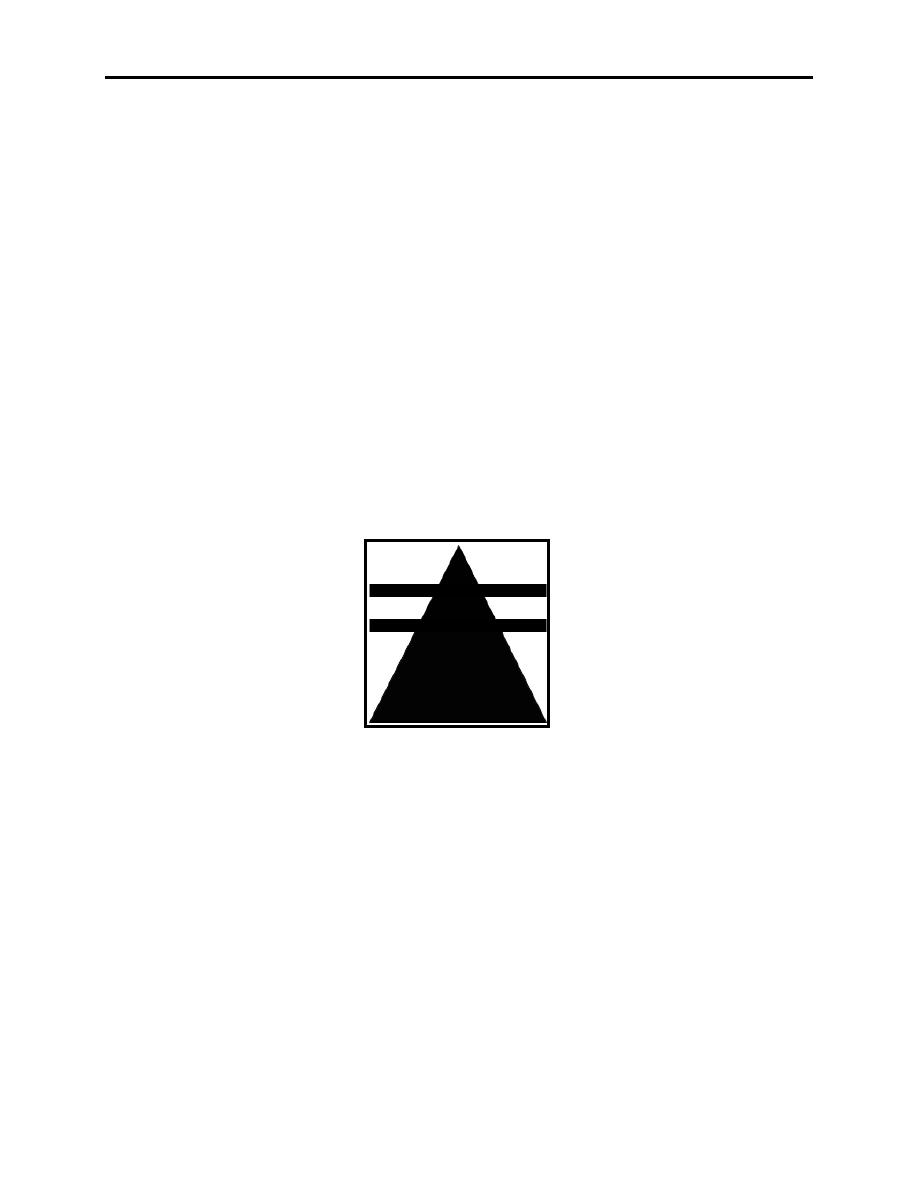 |
|||
|
|
|||
|
Page Title:
Visibilities and Obstructions to Vision |
|
||
| ||||||||||
|
|  CHAPTER TWO
METEOROLOGY FLIGHT PLANNING
Ceiling Heights
The height of the sky cover is plotted in the 6 o'clock position of the station model. Heights
are given in hundreds of feet AGL. Recall the definition of a ceiling, because it also applies to
the Weather Depiction Chart. If the sky cover is broken, overcast, or if the sky cover is an
obscuration, the height will represent the height of the ceiling. If the sky cover is scattered, the
height represents the height of the lowest scattered layer of clouds. When a broken or greater sky
cover is plotted without a height entry, the clouds are thin. If an obscuration is plotted without a
height entry, it indicates a partial obscuration.
Visibilities and Obstructions to Vision
Visibilities of 6 statute miles or less will be entered at the 9 o'clock position of the station model
and will be indicated in miles and fractions of miles. Visibility of greater than 6 statute miles will
be omitted. Precipitation and obstructions to vision will follow the visibility, using the same
weather symbols as presented in Figure 2-3. When several types are occurring simultaneously,
only the most significant one or two types will be entered. One symbol unique to the Weather
Depiction Charts is used when clouds are topping the ridges of mountains, as shown in Figure 2-16.
Figure 2-17 Clouds Topping Ridges Symbol
Legend
In addition to the frontal symbols on the Weather Depiction Chart, three areas associated with
ceilings and visibilities are also depicted by a set of lines and shadings. The legend on the lower
right-hand corner of the chart describes each of these three areas, which is summarized in Figure
2-17. A solid line enclosing a shaded area indicates IFR conditions: ceilings below 1000 feet
and/or visibilities below three miles. A line enclosing an unshaded area indicates marginal VFR
(MVFR) conditions: ceilings between 1000 and 3000 feet and/or visibility between three and five
miles. The portion of the chart that is not enclosed by linesshaded or unshadedindicates VFR
conditions: ceilings of greater than 3000 feet and visibilities over five miles.
2-18 DATA DISPLAYED ON WEATHER IMAGERY PRODUCTS
|
|
Privacy Statement - Press Release - Copyright Information. - Contact Us |